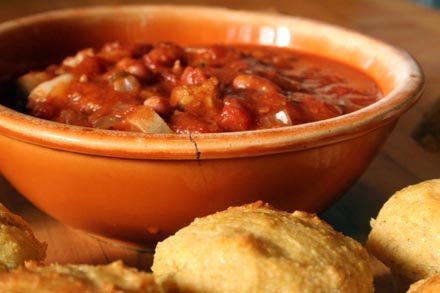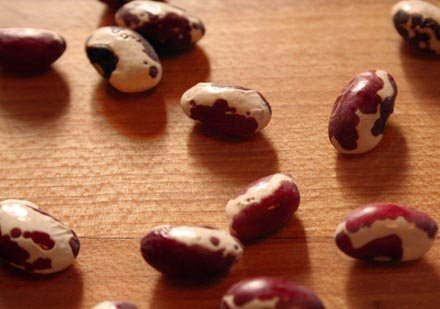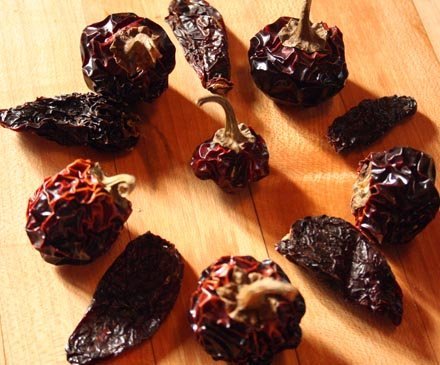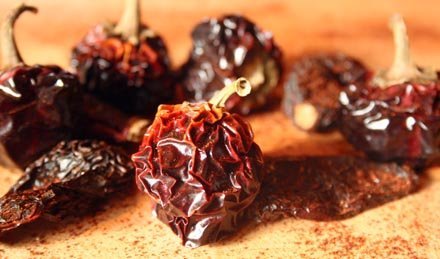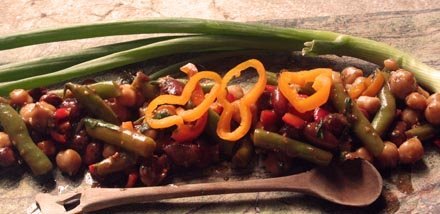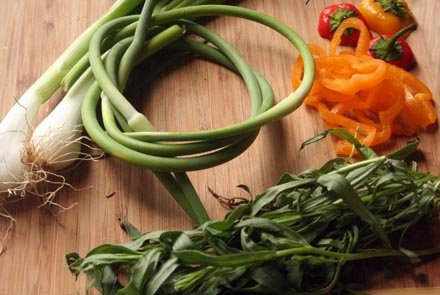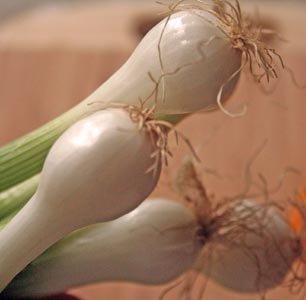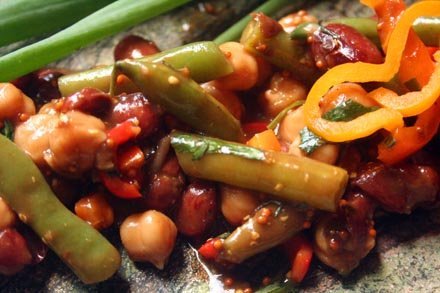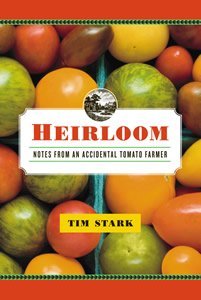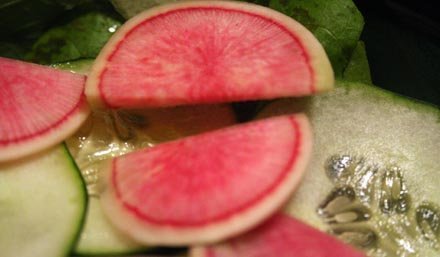
(Vegetarian, almost-vegan, gluten-free)
Which means this just barely counts as a post, but I had to show these to you.
They’re not beans, and they’re not watermelon either. Looks like it though, doesn’t it? Nope, they’re radishes.
I had forgotten I had planted them. My first crop of root veggies had been sheared to the ground early on, not by rabbits, nor mice, but dogs. The dogs that share my yard want to be vegetarians. It’s a cause I can applaud and so, undeterred, I re-sowed beets and chard (and put up a dog-repelling fence) but not radishes, since they are an early-spring, cool-season crop.
Apparently these Chinese Red Meat radish seeds were kicking back in the soil from my earlier planting. Sometime around May, something inspired them to sprout among the other greens gone wild.
I was rooting around out there for beets when I found them, their white roots heaving from the soil. I had forgotten what to expect then, but even if I’d known, I still would have gasped out loud when the knife revealed their inner flesh.
The calm ruddy skin of these radishes utterly belies their shockingly pink centers. The delicate white tines that reach toward the rind are so precise and purposeful. And the taste! Sweet, crisp, with no hint of bitterness. This is a radish that a child could love!
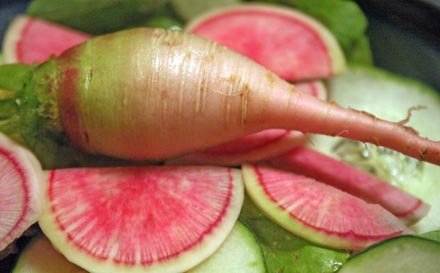
And I suppose since I made you visit, I should offer you a recipe. So I’ll share what I had in mind when I went looking for beets in the first place.
Deborah Madison makes me think of beets. I expect that’s because she was the first to make me reconsider that vinegary pickled much-feared UFO (the f is for food-like) from my childhood. It had never occurred to me that they could be eaten fresh instead of out of an inky jar. Or roasted, or sautéed, or grilled. Turns out all this is possible, and more. To Deborah M I will always be thankful.
And so, the reverse is also true: she makes me think of beets, and beets make me think of Deborah Madison. So when I’m flush with beets I inevitably go rifling through my sauce-splattered copy of Vegetarian Cooking for Everyone.
This stunning beet risotto is adapted from her book. I’ve changed a few things here and there, but not enough to mention. Mostly, I dialed up the saturation: red wine, scarlet “greens”, and bloody beets.
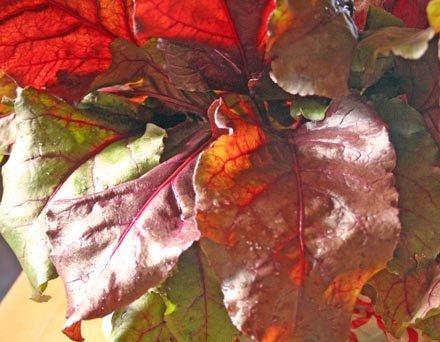
I purchased the heirloom beet seed from Baker Creek Heirloom Seeds(and the radishes too). This variety is called Bull’s Blood, and having wrangled with these beets in my kitchen, I can say that I never want to see a bullfight. These little root bulbs are prolific juice makers, and their deep violet leaves, rich in folate and manganese, are visually striking on the plate. The beet is sweet, creamy and not overly-earthy (the way beets can sometimes be), and the baby greens make a dramatic addition to salad.
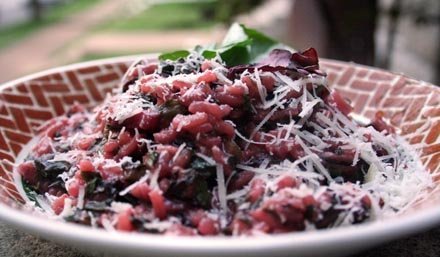
The Recipe
Beet Risotto with Purple Greens
6 cups vegetable stock
1 tablespoon butter
2 tablespoons olive oil
3 small spring onion bulbs, chopped
1 spring garlic stem, or 4 garlic chives, chopped
1 ½ cups Arborio rice
½ cup dry red wine
3 tablespoons fresh parsley, chopped
3 tablespoons fresh basil, chopped
3 medium beets, peeled and grated
3 cups of greens – use the beet greens, and if you need to make up the difference, you can add chard, kale or spinach.
Salt and pepper to taste
¾ cup fresh grated Parmesan
Zest and juice of one lemon
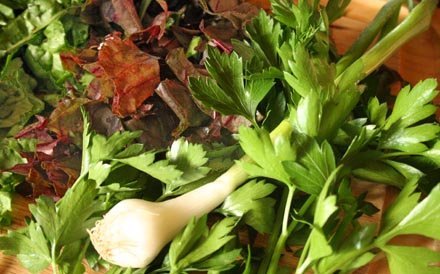
Bring stock to a simmer on the stove. In another large, wide-bottomed stock pot, heat the butter and olive oil, then add the onion and garlic and cook on medium heat until translucent, about 2 minutes. Add the rice, stir to coat it, and cook for 1 minute.
Add red wine, stir, and simmer until it is absorbed. Stir in the parsley, basil, and beets, plus some salt and pepper to taste. Combine well, then add 2 cups of the stock, cover and cook at an energetic simmer until the liquid is absorbed.
Begin adding the remaining stock at ½ cup increments, stirring constantly until each addition has been absorbed. When you have a half cup left, add the chopped beet greens. When the last ½ cup is absorbed, stir in ½ cup of Parmesan cheese. Taste for salt and pepper, and sprinkle with remaining Parmesan. Garnish with parsley and serve.

